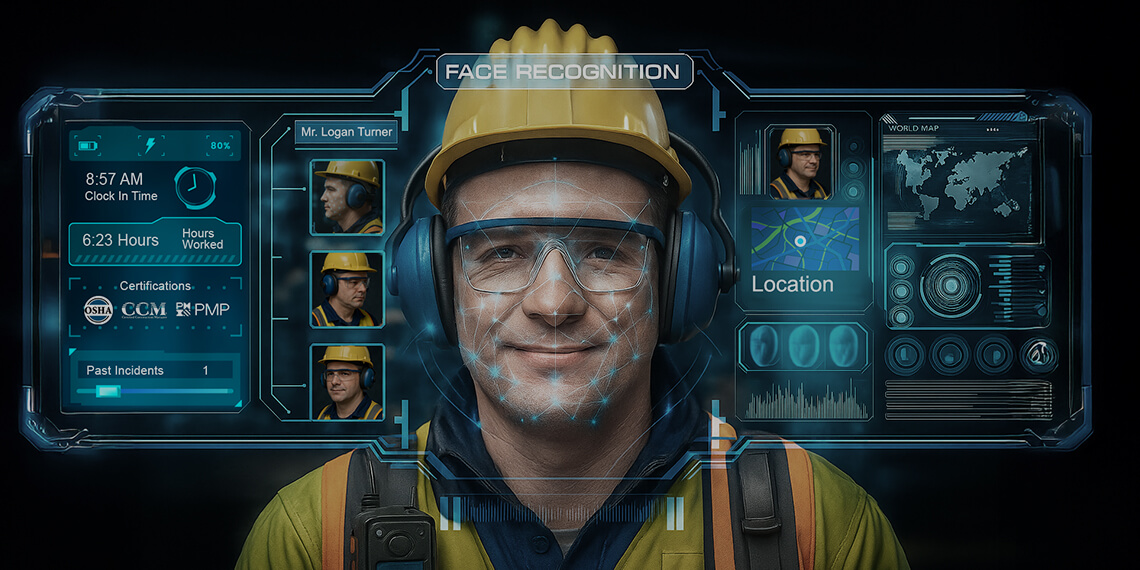Looking Ahead at 2024: The Landscape of the Physical Access Control Industry
A security-first approach is not merely an option but a necessity for organizations aiming to safeguard their assets, people, and surroundings. As per the Verizon “2023 Data Breach Investigations Report”, “74% of all breaches include the human element, with people being involved either via privilege misuse, use of stolen credentials, social engineering, or human error” – underscoring the crucial role of user identities in security vulnerabilities.
In response to this, investing in robust physical access control solutions becomes imperative. As per the Mordor Intelligence report, “the access control market is experiencing significant growth, with a valuation of USD 8.64 billion in the previous year, and it is projected to reach USD 13.43 billion over the forecast period of 2024-2029.” According to the report, the increasing availability of biometric equipment drives this growth. As organizations recognize the need for advanced security measures, the demand for cutting-edge access control technologies, particularly those integrating biometrics, continues to rise.
Let’s explore the key trends to watch out for in the physical access control industry in 2024:
Investing in the First Line of Defense
As per Genetec’s State of Physical Security 2024 report, Access Control emerges as the top technology earmarked for investment by end users in the year 2024.
This critical emphasis on access control highlights its pivotal role in safeguarding physical security. As organizations today grapple with growing security pains, investing in access control reflects a proactive approach to fortifying the overall security framework. Access control solutions provide a detailed record of who entered the facility, stayed for how long, and accessed or attempted to access which areas, thus preventing security breaches. The real-time situational awareness provided by access control solutions helps enhance the overall security of the organization.
Touchless Solutions Will Rule
Touchless access control and time tracking solutions such as face recognition, iris scanning, and QR codes have rapidly increased in popularity due to the pandemic because businesses of all types and sizes are looking for ways to reduce the spread of illness at work. Amongst these, face recognition is the fastest-growing technology.
As per the Biometrics Institute Survey report, Face Recognition (at 45%) remained the biometric modality most likely to see an increase in use over the next few years. Enhanced accuracy, speed, and adaptability are expected, making face recognition an integral part of various sectors. From securing sensitive areas to controlling the movement of visitors, the versatility of face recognition is poised to redefine the standards of identity verification.
Integration with Other Systems
Organizations today are increasingly prioritizing solutions that integrate seamlessly with existing systems, like identity management systems, visitor management systems, or surveillance solutions. Businesses today demand comprehensive solutions that operate seamlessly with their entire security environment.
As per Genetec’s State of Physical Security 2024 report, Video Surveillance closely follows access control securing the third position as the foremost technology for investment by end users in 2024. Integration with a dedicated video surveillance software provider brings several benefits to businesses that rely on both video and access control solutions for their security operations. Such integrations allow video recording or video surveillance to be initiated when a designated event occurs on access control devices. This integration allows security personnel to monitor and authenticate individuals, providing a robust defense against unauthorized access.
Enhanced Mobile Experiences
According to the Grand View Research report, the global Mobile Identity Management (MIM) market size was evaluated at USD 2.60 billion in 2022 and is expected to grow at a CAGR of 26.6% from 2023 to 2030. As per the report – “Mobile identity management increasingly uses biometric authentication techniques, including iris scanning, facial recognition, and fingerprint recognition. These techniques replace conventional passwords or PINs with simple and safe ways to authenticate users on mobile devices.”
With the widespread penetration of smartphones globally, mobile credentials are fast becoming a popular means for authentication and access control. Mobile credentials offer a more secure alternative to traditional methods like fobs and keys. This simplicity not only enhances user satisfaction but also reduces the likelihood of security breaches resulting from forgotten passwords or lost physical cards.
The Rise of Multimodal Biometrics
Closely followed by Face Recognition, multimodal capabilities are also on the rise as per the Biometrics Institute Survey report.
The future of biometrics is not limited to a single identifier. Multimodal biometrics, a combination of various biometric factors such as face, finger vein, fingerprint, iris, and voice recognition is gaining prominence. This approach not only enhances security but also offers a more seamless and user-friendly experience. Multiple biometric modalities create robust authentication systems that can be used by diverse industries.
Biometrics is poised to play a significant role in the physical access control industry, coexisting synergistically with traditional solutions to create robust security environments.
For information about our cutting-edge biometric solutions for access control, workforce, and visitor management, contact our team today.







